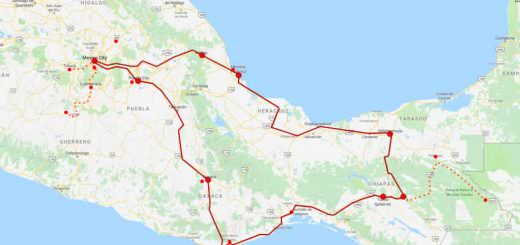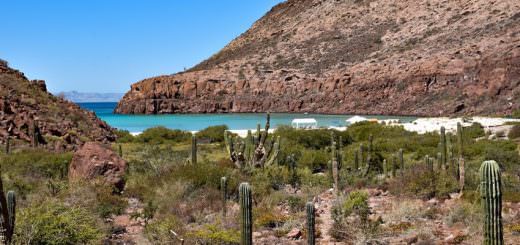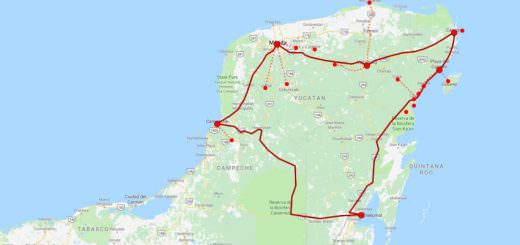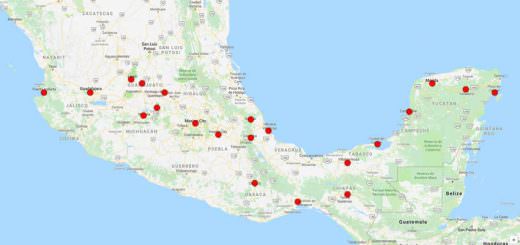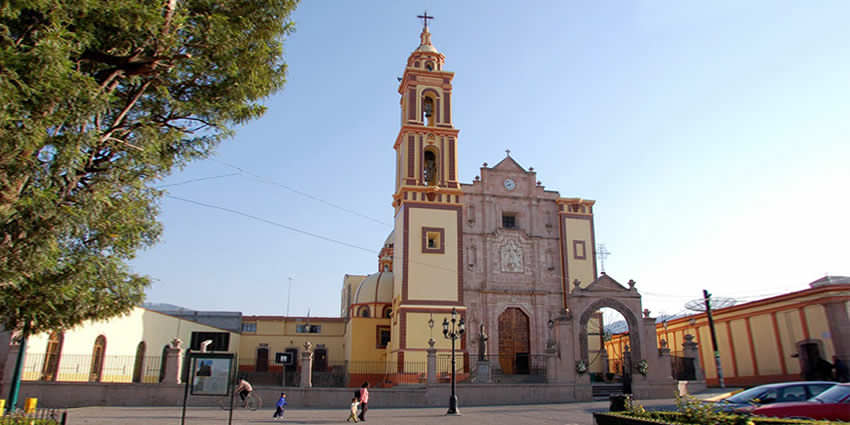
Tlaxco
Tlaxco is a town and municipal seat in Tlaxcala, Mexico.
Tlaxco was designated a “pueblo mágico” (“magic village”) by Mexico’s Secretariat of Tourism in 2015.
In the 2010 Mexican Census, the municipality of Tlaxco recorded a population of 39,939 inhabitants living in 9356 households. It recorded a population of 42,536 inhabitants in the 2015 Intercensal Survey.
Geography & Climate
Situated in the Mexican Altiplano, Tlaxco lies at an average altitude of 2,540 metres (8,330 ft) above sea level. The western and central parts of the municipality of Tlaxco are relatively flat, while the northern and eastern parts of the municipality feature more rugged terrain.
The highest point in the municipality is the Cerro Peñas Coloradas with an elevation of 3360 metres (11,020 ft) above sea level.
The Zahuapan River and its tributaries drain the central-eastern part of the municipality.
Tlaxco’s climate is temperate sub-humid with the warmest months being March through May.
June through September are the months with the most rain.
Average annual precipitation ranges between 600 and 900 millimetres.
Origin of the Name
Tlaxco in nahuatl means “place of the ball game”.
History
Although minor settlements have been found in the Tlaxco area dating back to the Texoloc phase or Middle Formative period, sedentary settlement of the area properly began in the Tezoquipan phase or Late Formative period by proto-Teotihuacan peoples who share elements of the Tezoquipan culture.
From 650 to 850 AD, northern Tlaxcala experienced a period of political instability known as the Acopinalco Complex, during which many different cultural groups competed for control over the area.
By 900 AD a group of Huastec or Otomi people had prevailed, and subsequent cultural homogenization resulted in formation of the Tlaxco culture which would later become associated with the city of Tliliuhquitepec.
Franciscans had arrived in Tlaxco by 1614, which was then part of the municipality of Atlangatepec.
After 1820 Tlaxco began to exist as a separate administrative division of Tlaxcala, with only minor interruptions.
By the end of the 19th century, Tlaxco had become an important centre for the production of pulque.
Porfirio Díaz visited Tlaxco in January 1894 and inaugurated the municipal palace.
The modern municipality of Tlaxco was established on 29 August 1945 with the publication of the Organic Law of Municipalities in the State of Tlaxcala.
In 1956 a highway linking Apizaco and Chignahuapan via Tlaxco was completed.
Tourist Assistance + Emergency Numbers
You can dial 078 from any phone, where you can find free information about tourist attractions, airports, travel agencies, car rental companies, embassies and consulates, fairs and exhibitions, hotels, hospitals, financial services, migratory and other issues.
Or dial the toll-free (in Mexico) number 01-800-006-8839.
You can also request information to the email correspondencia@sectur.gob.mx
MORE EMERGENCY NUMBERS:
General Information: 040 (not free)
National Emergency Service: 911
Radio Patrols: 066
Police (Emergency): 060
Civil Protection: +52(55)5683-2222
Anonymous Complaint: 089
Setravi (Transport Mobility): +52(55)5209-9913
Road Emergency: 074
Cruz Roja: 065 o +52(55)5557-5757
Firefighters: 068 o +52(55)5768-3700
Let us know if this article was useful for you


















